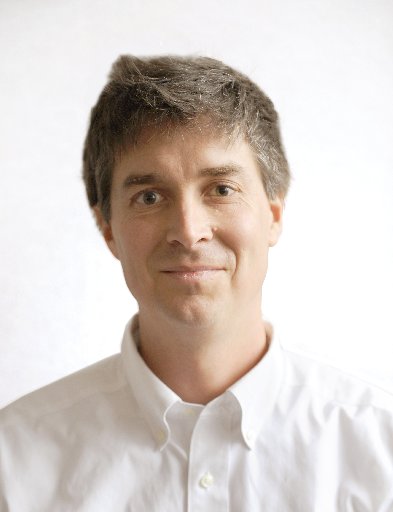Cook: Kinkade, the painter of light, meets 'The Scream'
Friday, January 1, 1904
Edvard Munch's "The Scream" sold last week at Sotheby's to an anonymous buyer for just shy of $120 million, making the painting -- already one of the most recognized in the world -- the most expensive ever sold at auction.
"The Scream" presents the haunting image of a genderless, every-person figure at the end of a long bridge. With swirling red and blue colors in the background sky, the figure shrieks with a mouth like an "O," hands clasped to the side of his face in a half-nightmarish, half-mythological scream.
Called by Smithsonian magazine "the Mona Lisa of our time," Munch's image has been reproduced on a massive scale -- you can buy "The Scream" mouse-pads, for example. Most college dorms seem to house several Munch posters.
Homer Simpson, in one pop culture parody, replaced Munch's figure on the bridge. Don't forget about Macaulay Culkin in the aftershave moment in "Home Alone" or Wes Craven's hybridization of the image: the mask his knife-wielding attacker wears in his "Scream" movies is inspired by Munch.
"The Scream" painting is "a classic reference to just the pure horror of parts of the 20th century, or perhaps just human existence," Craven told the Wall Street Journal.
The Norwegian painter was haunted his whole life by a deep fear of hell and damnation, put upon him by a religiously violent father. Munch wrote in his diary that "illness and madness and death were the black angels that stood at my cradle."
Art historians believe Munch based his image on a bridge in Oslo, Norway, a site where many suicides occurred. Nearby were a slaughterhouse and insane asylum, both within earshot, the latter housing Munch's sister. This led some to believe the figure is not screaming, but closing off the sounds of others' screams.
He painted it in 1895. During his life, his work was often disturbing to others; once, parents were told their children could get chickenpox from viewing Munch's art.
"The Scream" is often interpreted to represent a God-is-dead angst, the horror that comes when one feels completely alone in a world where the center, in fact, does not hold. Life comes apart at the seams, and there is nothing or no one there to stitch it back together.
Did you see the Liam Neeson film "The Grey"? Same message.
Now, compare this to Thomas Kinkade.
Known as "the painter of light," Kinkade was perhaps the most popular artist in America. His warm, light-filled images of pastoral homes or heaven-on-earth cottages were estimated to hang in millions of American homes -- one in 20, the artist once guessed.
Kinkade died last month. He was 54.
Kinkade silences Munch. There is no screaming in Kinkade's images, where light and blue-water streams mix with deep forests and flowers. A home or church or cottage of some sorts is usually present, warm light tumbling out of the windows.
He was the Walt Disney-and-Walmart of American art, painting mass-produced scenes of enviable warmth, popular especially among evangelical Christians who often see religious themes within Kinkade's work.
At the time of his death, Kinkade -- a professed born-again Christian who had struggled with alcoholism for years -- had relapsed. Munch, too, drank often.
Perhaps the painter of light and Munch are not as far apart as it seems. Perhaps Kinkade knew more of the Scream than he let on; perhaps Munch longed for that house of light.
Both images represent two parts of the human experience. At one end: the warm, Norman Rockwell home where all things are well in an easy-going world. No visible suffering, just light.
At the other, there is shrieking and horror. The isolation of the soul. The screaming, by so many. With no one bringing relief.
Can you have one without the other? Do we have to choose between the two, and does our choice say something about ourselves? Kinkade or Munch? Christopher Hitchens or Mother Theresa? Jay-Z or Kanye?
Which artist would feel more at home in Hamilton County? Are we a place built for Munch? Or Kinkade?
Where is the screaming in Chattanooga? Where are our houses of light?
It was reported that last week's bidding on "The Scream" -- with only five potential buyers -- lasted less than 13 minutes, and when finished, the Sotheby's crowd broke out in applause.
I wonder what Munch and Kinkade would say about that. Perhaps one would scream. Or both.
Or neither.
David Cook can be reached at davidcook@hushmail.com.
